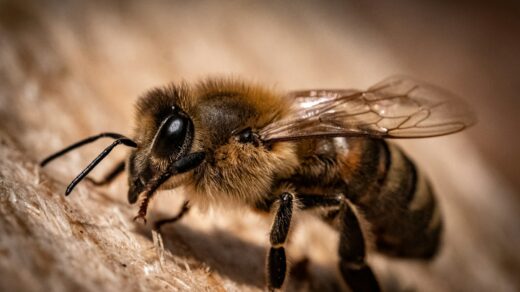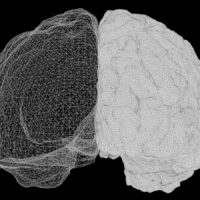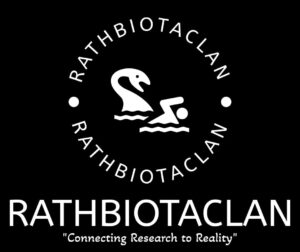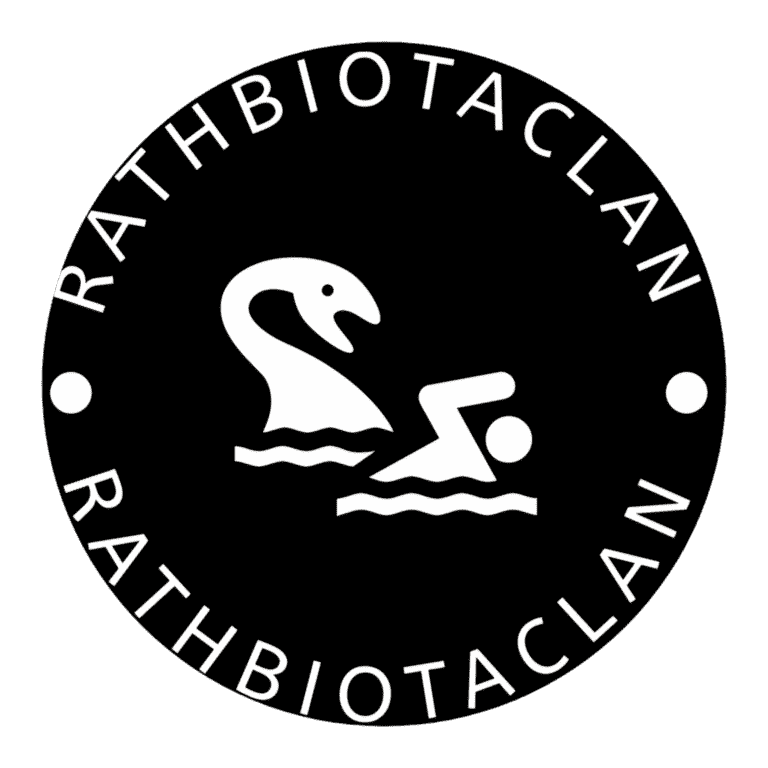A fossil of a tiny reptile that lived over 240 million years ago a creature so old it actually predates the age of the dinosaurs. The perfectly preserved specimen has given paleontologists unprecedented insights into the earliest origins of the lizard, snake, and tuatara lineage, known collectively as Lepidosauria.
What is the oldest known reptile fossil that predates dinosaurs?
The fossil, unearthed from the Middle Triassic Helsby Sandstone Formation in Devon, UK, is estimated to be around 244–241.5 million years old. Until now, the oldest known lepidosaur was Wirtembergia, which appeared several million years later.
This new specimen is exceptionally well-preserved, with a nearly complete skull and skeleton, allowing scientists to set a firm minimum age for the origin of Lepidosauria. Its discovery also supports the idea that these reptiles may have first appeared in Europe.
During the Triassic period, following the devastating end-Permian mass extinction, Lepidosauria diversified dramatically as part of the so-called Triassic Revolution, when modern-style terrestrial ecosystems began to emerge.
What is Agriodontosaurus helsbypetrae and how is it related to the tuatara?
The new species has been formally named Agriodontosaurus helsbypetrae, meaning “fierce-toothed lizard of the Helsby Sandstone Formation.” The name reflects the unusually large teeth found in its jaws.
This reptile belongs to the Rhynchocephalia, an ancient order of reptiles now represented by only one living species—the tuatara of New Zealand. The tuatara is often called a “living fossil” because it still closely resembles its Mesozoic ancestors.
The classification of Agriodontosaurus as a rhynchocephalian pushes back the evolutionary split within Lepidosauria between Rhynchocephalia and Pan-Squamata (lizards and snakes) to at least 245–241 million years ago. The fossil highlights that the tuatara descends from a once-diverse group of reptiles with a deep evolutionary history.
What surprising features did scientists find in the Agriodontosaurus skull?
Using advanced synchrotron CT scans, researchers uncovered unexpected details that challenged previous assumptions about early lepidosaurs.
Some of the key features include:
Akinetic Skull: Agriodontosaurus had a non-mobile skull, similar to the modern tuatara. This allowed strong bites but limited food manipulation, unlike the highly mobile skulls of lizards and snakes.
Open Temporal Bar: The fossil retained the open lower temporal bar, a feature predicted in the earliest lepidosaurs and essential for the later evolution of skull kinesis in squamates.
Lack of Palatal Teeth: Surprisingly, it had no teeth on the palate, which was expected in early forms. This feature is otherwise only seen in more derived rhynchocephalians like the tuatara.
Large Marginal Teeth: Its teeth were extremely large in proportion to the bones that held them, with some taller than the bone itself.
No Skull Hinge: Unlike predictions, the skull showed no evidence of a hinge mechanism.
These findings provide crucial insights into the ancestral skull structure of all lepidosaurs.
How did the ancient Agriodontosaurus eat and what does the discovery mean for reptile evolution?
The skull and dentition of Agriodontosaurus suggest it was a specialized insect predator. Its large triangular teeth were well-suited for piercing and shearing the hard cuticles of insects, much like the feeding style of the modern tuatara.
Feeding adaptations included:
Powerful Jaws: Its jaw structure indicates it could deliver strong, rapid bites.
Shearing Dentition: The triangular posterior teeth were arranged to shear food effectively, while the large conical front teeth pierced and held prey.
Lingual Feeding: Like the tuatara, it may have used its tongue to position prey between its teeth.
The absence of palatal teeth may have been compensated by its robust marginal dentition, reducing the need for extra gripping structures inside the mouth.
Overall, this discovery confirms that the Triassic Revolution was a period of rapid evolutionary experimentation and diversification for early lepidosaurs. It pushes back the origins of several defining features of lizards, snakes, and their close relatives to at least 245 million years ago.

















